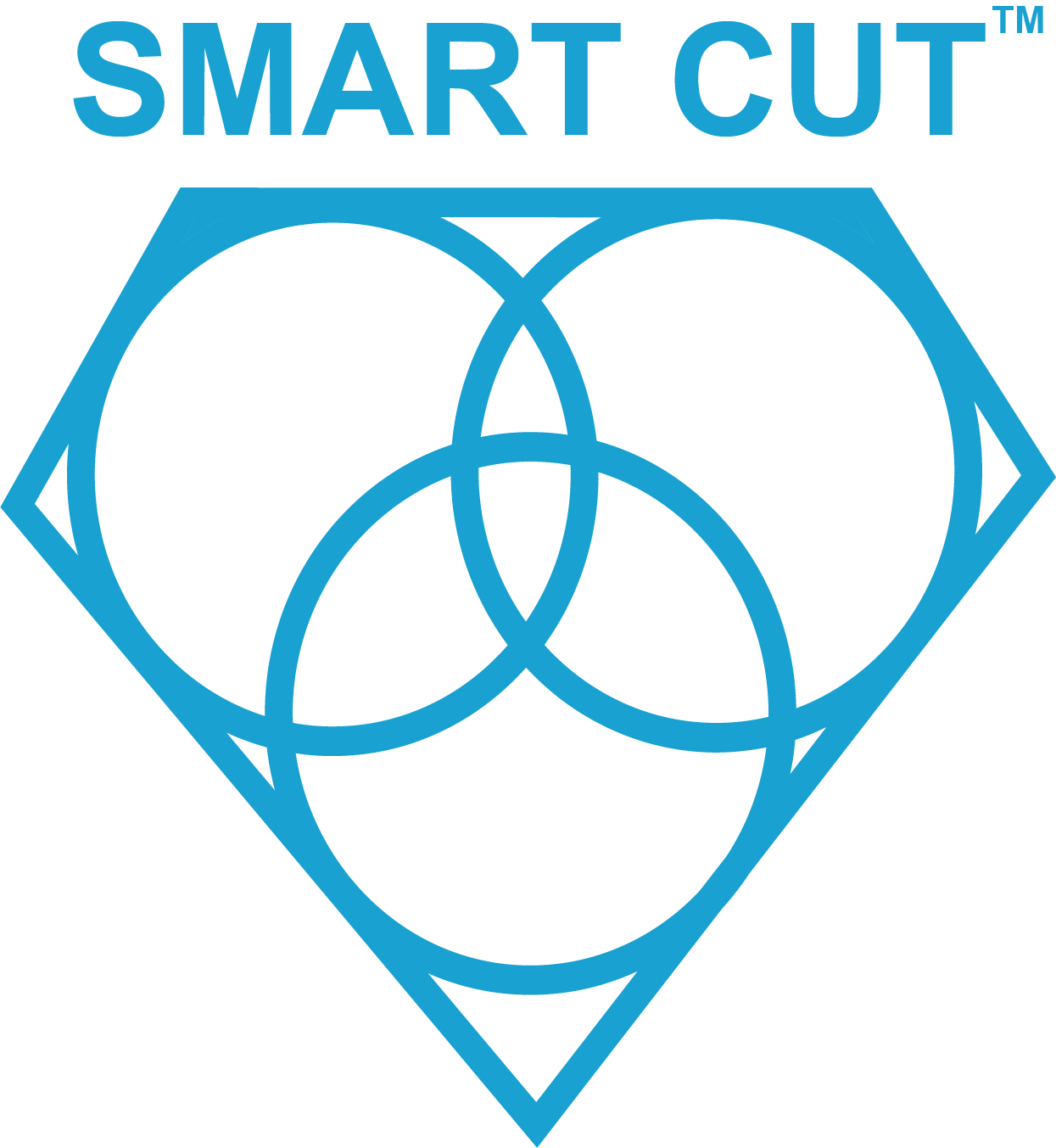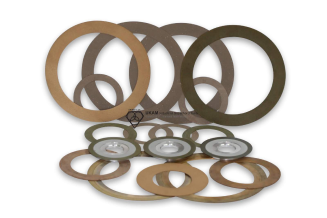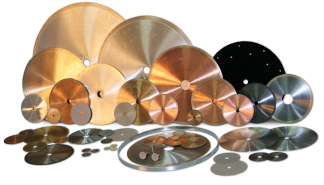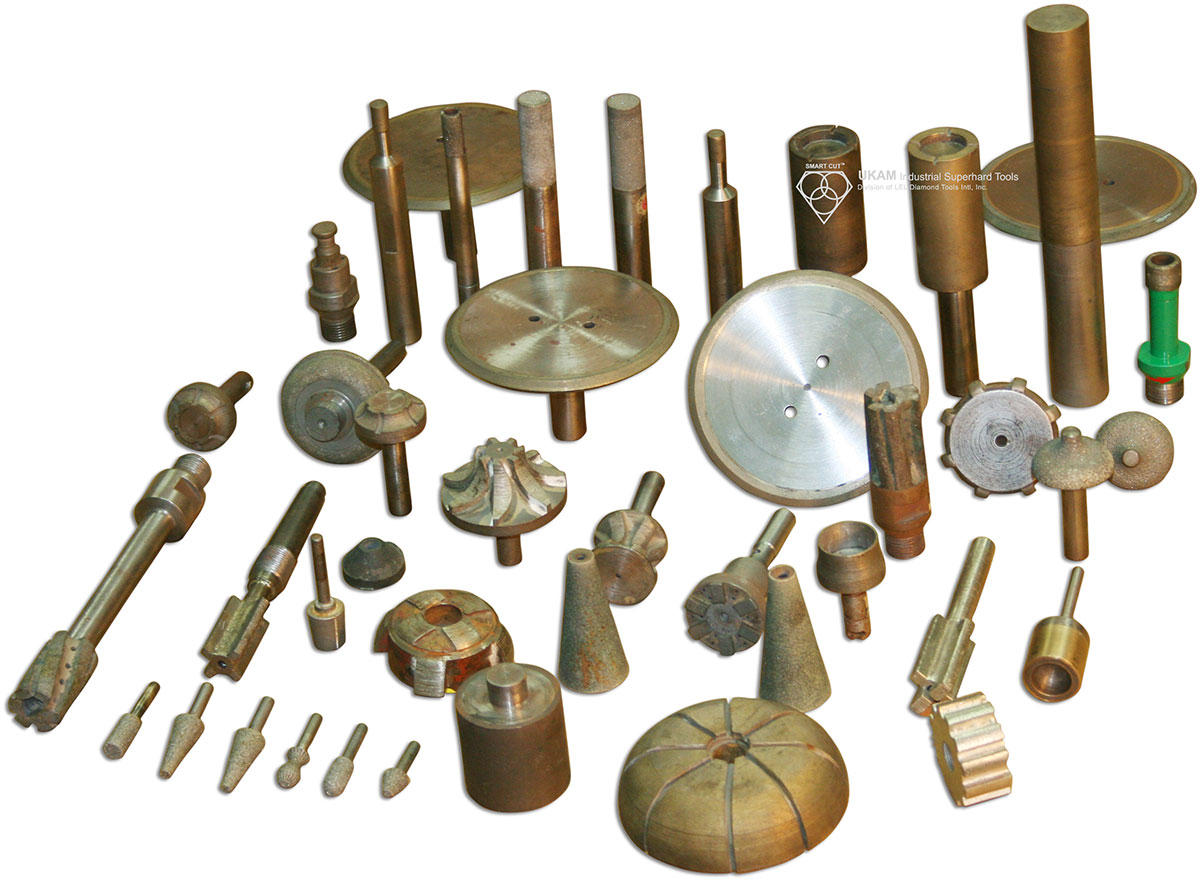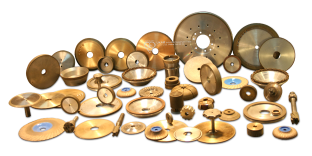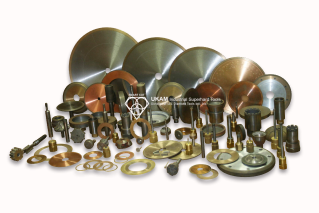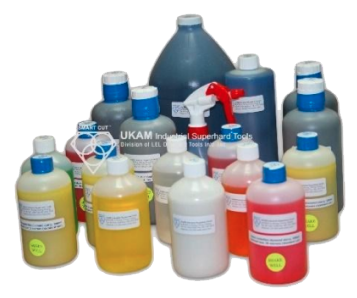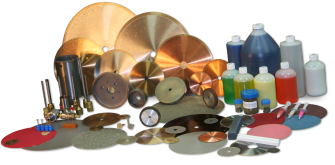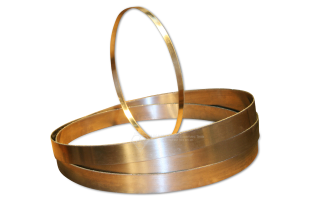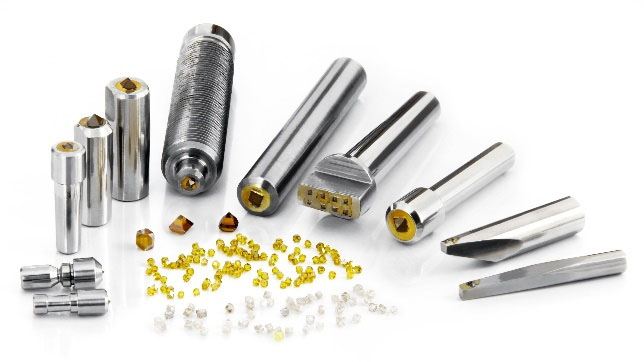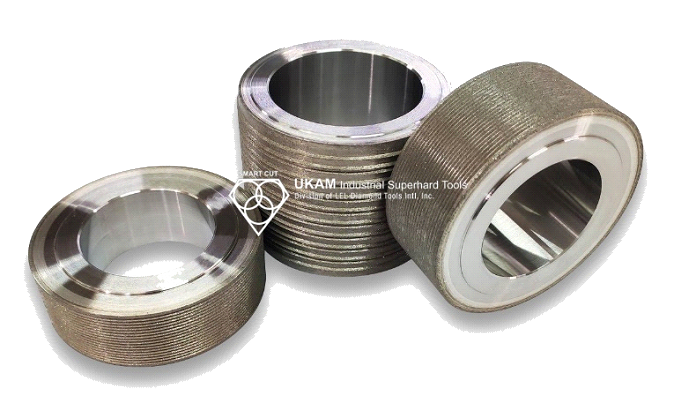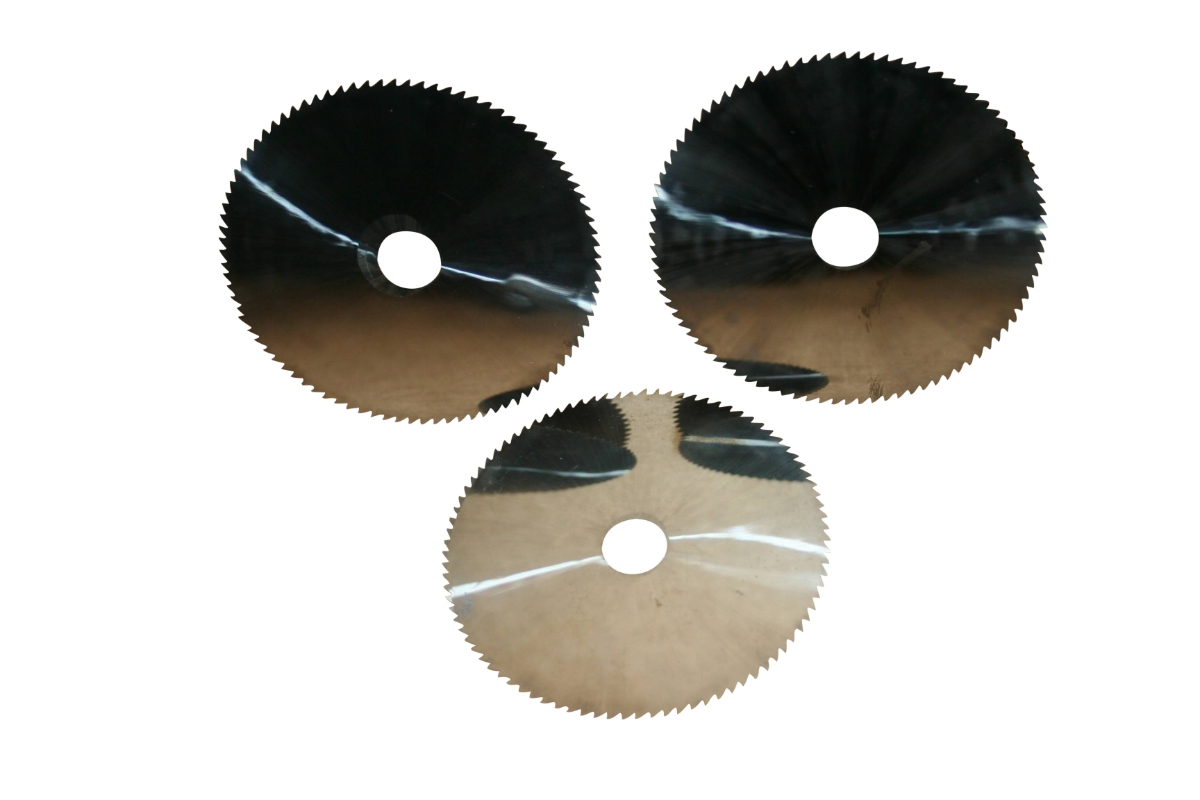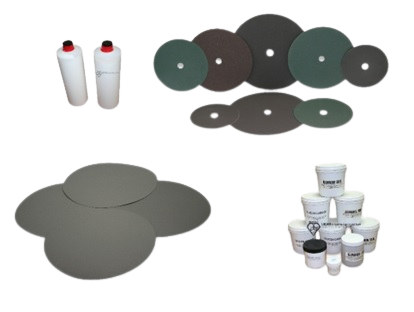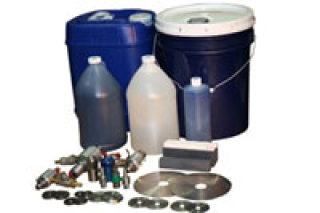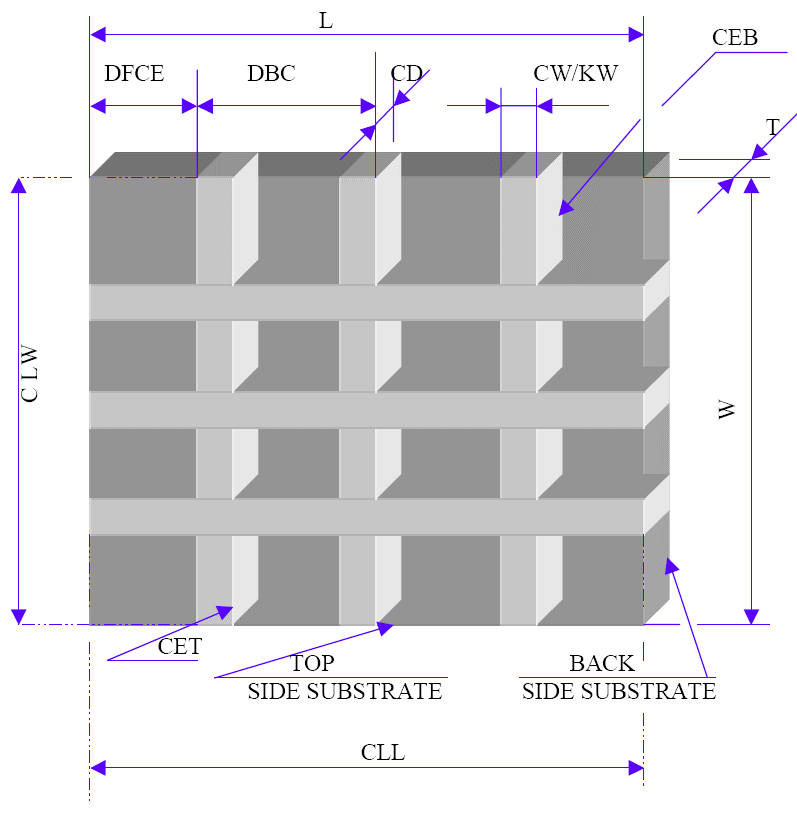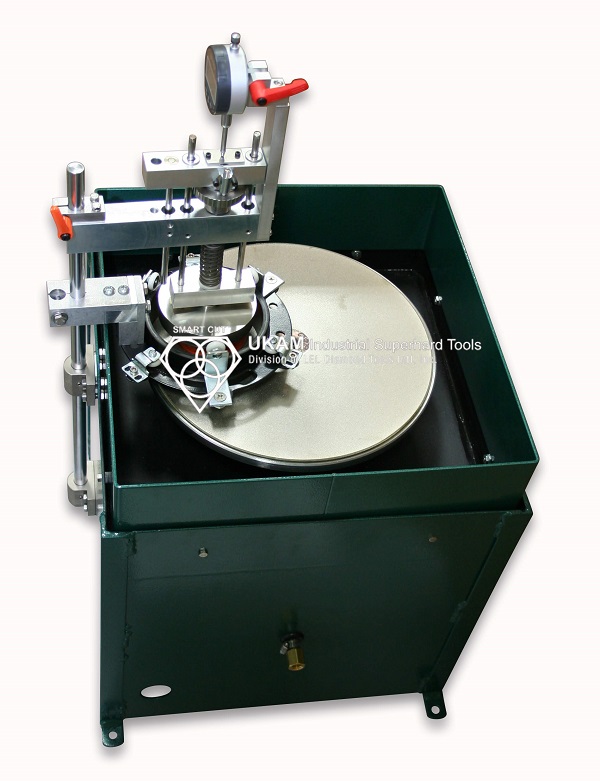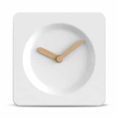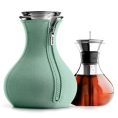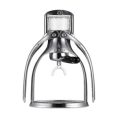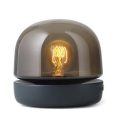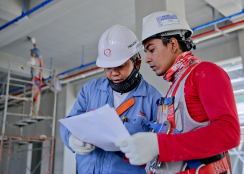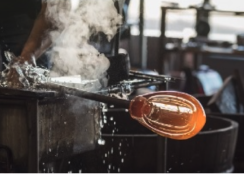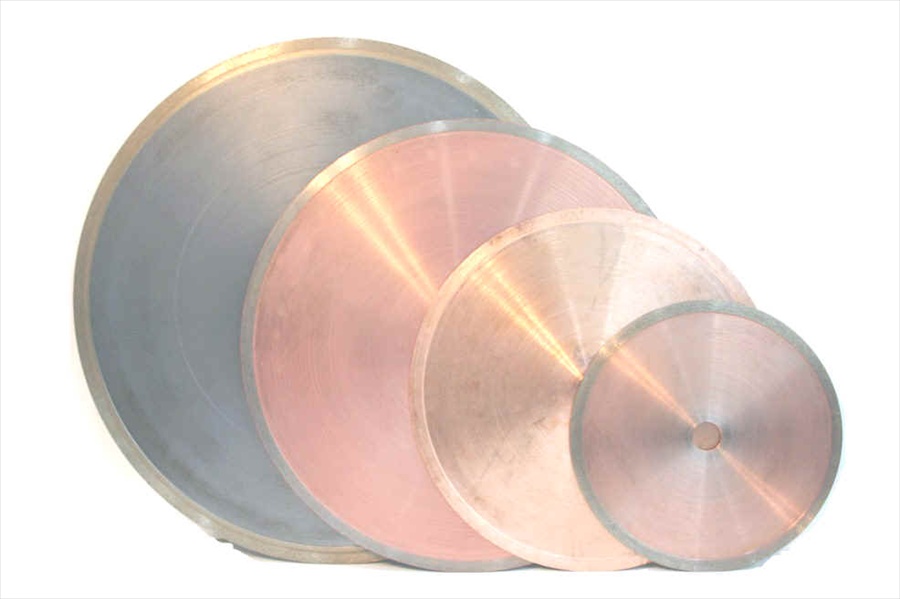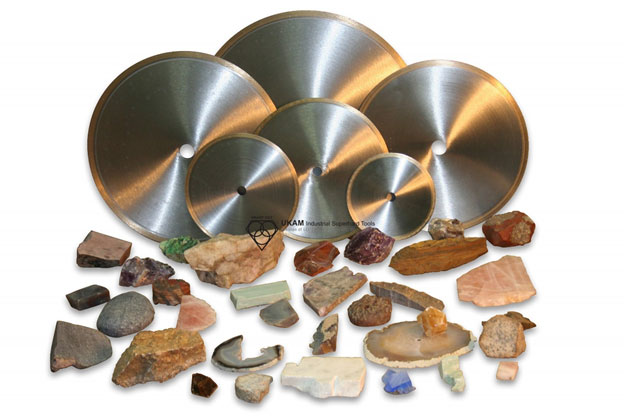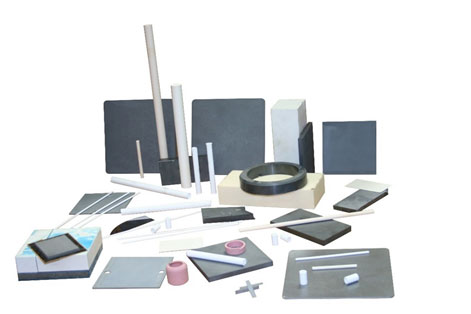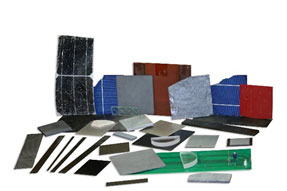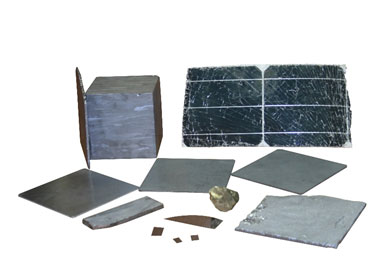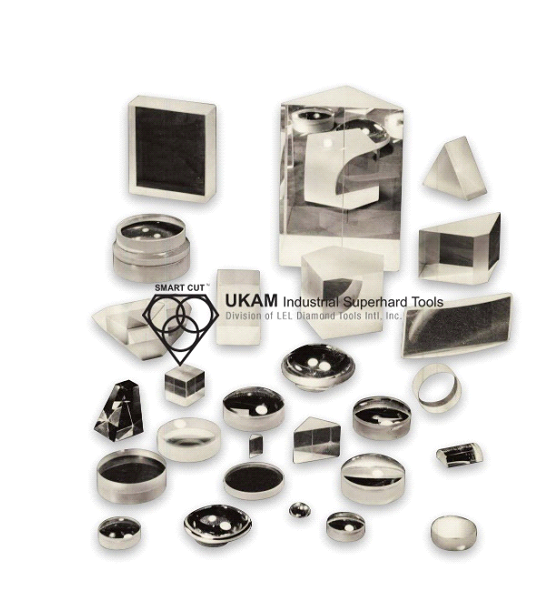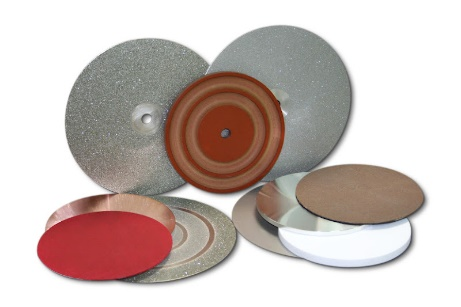What is the difference between Lapping, Grinding, & Polishing ?
Lapping, grinding, and polishing are all finishing processes used in various manufacturing sectors to improve the surface finish, dimensional accuracy, or mechanical properties of a workpiece. Lapping, Grinding, & Polishing processes are very similar. Main differences lie on the end users objectives. Such as removing a certain amount of material or removing scratches and micro cracks caused by prior machining operations. Usually the same machine can be used for all three operations.
Some of the major differences include the type and diamond mesh size of diamond discs used, type and size of abrasives used and their holding method. Other factors include RPM’s (speed) used and pressure applied to material workpiece.
Another important difference between lapping and more finer polishing is the composition of diamond disc backing plate. Typically cast iron is used as a backing plate for lapping. Backing plates made from aluminum, bronze, or composites are more frequently used for polishing
Lapping Process
Lapping and polishing are precision finishing processes which involve different mechanical arrangements. The goal is to improve surface finish and achieve high degree of flatness. Lapping is a slow material removal operation. Though lapping tends to decrease the original surface roughness, it main purpose is to remove material and modify the shape. Lapping is used primarily to improve form accuracy rather than to reduce surface roughness. Polishing on the other hand deals with material surface finish and plays little attention to form accuracy. Lapping and polishing are used for many materials such as glass, ceramic, plastic, metals and their alloys, sintered materials, stellite, ferrite, copper, iron, steel and etc. The relative speeds in lapping and polishing are much lower than in grinding. Consequently the concentration of energy in the contact area is much lower than in grinding. The amount of material removed during lapping process is usually only few microns
Grinding Process
Grinding process is used to remove large amount of material to obtained desired material shape, finish or to sharpen parts. This process is done usually at high speeds. Rough Grinding: Removes major irregularities, defects, or scratches. Typically, coarser grits of abrasive are used in this step.
Fine Grinding: Using finer abrasives, this step refines the surface and removes the scratches produced in rough grinding. Challenges in grinding process including material cracking and chipping as well as excessive heat generation and cause material deformation
Polishing Process
Polishing is a surface smoothing operating. Polishing typically involves removing or smoothing out grinding or lapping lines, scratches, and other surface defects in order to decrease the surface roughness of material. Emphasis is placed in obtaining best surface finish without much regard for shame and form accuracy. As well as removing damage (such as microcracks, voids, and inclusions) caused by previous machining operations such as cutting and grinding. During this process very minimal amount of material is removed just enough to eliminate the scratch or imperfections.
DIAMOND & ABRASIVE CONSUMABLES USED
There is a large variety of abrasives than can be used for lapping, grinding, & polishing. Below is a description of various lapping, grinding, and polishing media/powders that is typically used for most lapping, grinding, and polishing operations.
Diamond – typically used for ultra hard materials and tungsten carbide. A disc embedded with diamond will cut fast and produce fine finish. Diamond is the hardest material known to man kind.
Cubic Boron Nitride (CBN) – typically used for lapping ferrous metals, including 52100 bearing steel, cast iron, tool steel, stellite, super alloys, and occasionally ceramic materials.
Aluminum Oxide – general lapping, grinding, & polishing with low surface roughness. Typically used for high tensile strength materials, rough lapping operations, hardened gears, ball bearing grooves, and lapping operations where pressure can be exerted to break down the crystals.
Silicon Carbide – fast stock removal for hard to soft materials. Typically used for rough lapping and grinding operations, forged or hardened gears, valves, tool room work and general maintenance where polish is not essential.
Boron Carbide – for use with ceramic, carbide, and other hard materials.
Calcined Alumina – for use with metals, optics, silicon wafers, and other semiconductor materials Unfused Alumina (hdrate-calcined) ñ Relatively soft and used for polishing. Calcined aluminas are produced by heat treatment and the degree of calcinations determines the characteristics of the product.
Unfused alumina – are recommended for lapping and polishing of harder materials (Rockwell C 45-63). The shape, unlike the blocky crystals, is composed of flat or plated crystals with a thickness about one six the diameter. Unfused alumina’s allow more equal pressure to be distributed over a large surface area than the fused ones because of their plated shape. The disc shaped particles work with a shaving action rather than the rolling and gouging action of blocky abrasives and are less likely to produce deep scratches on the workpiece.
